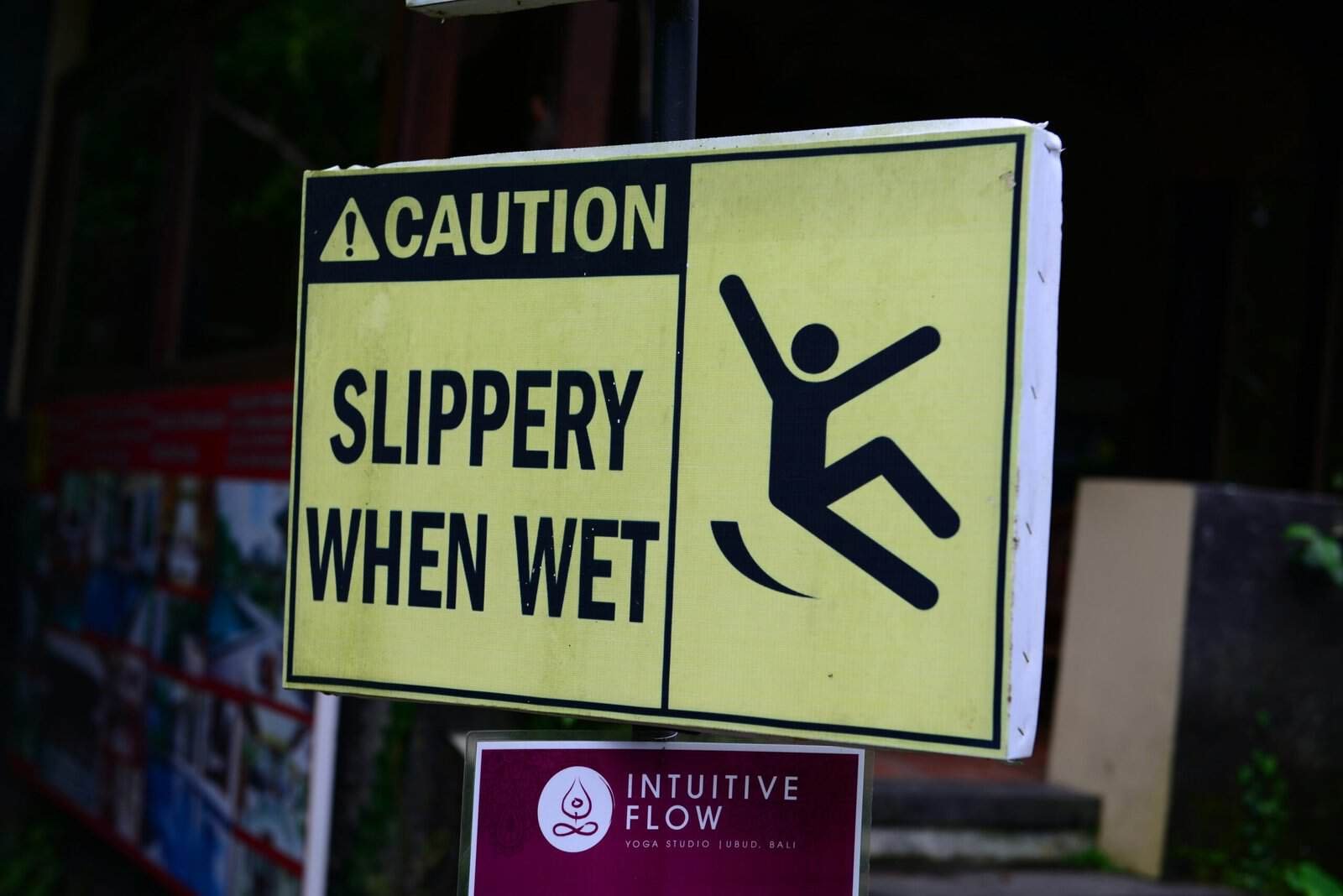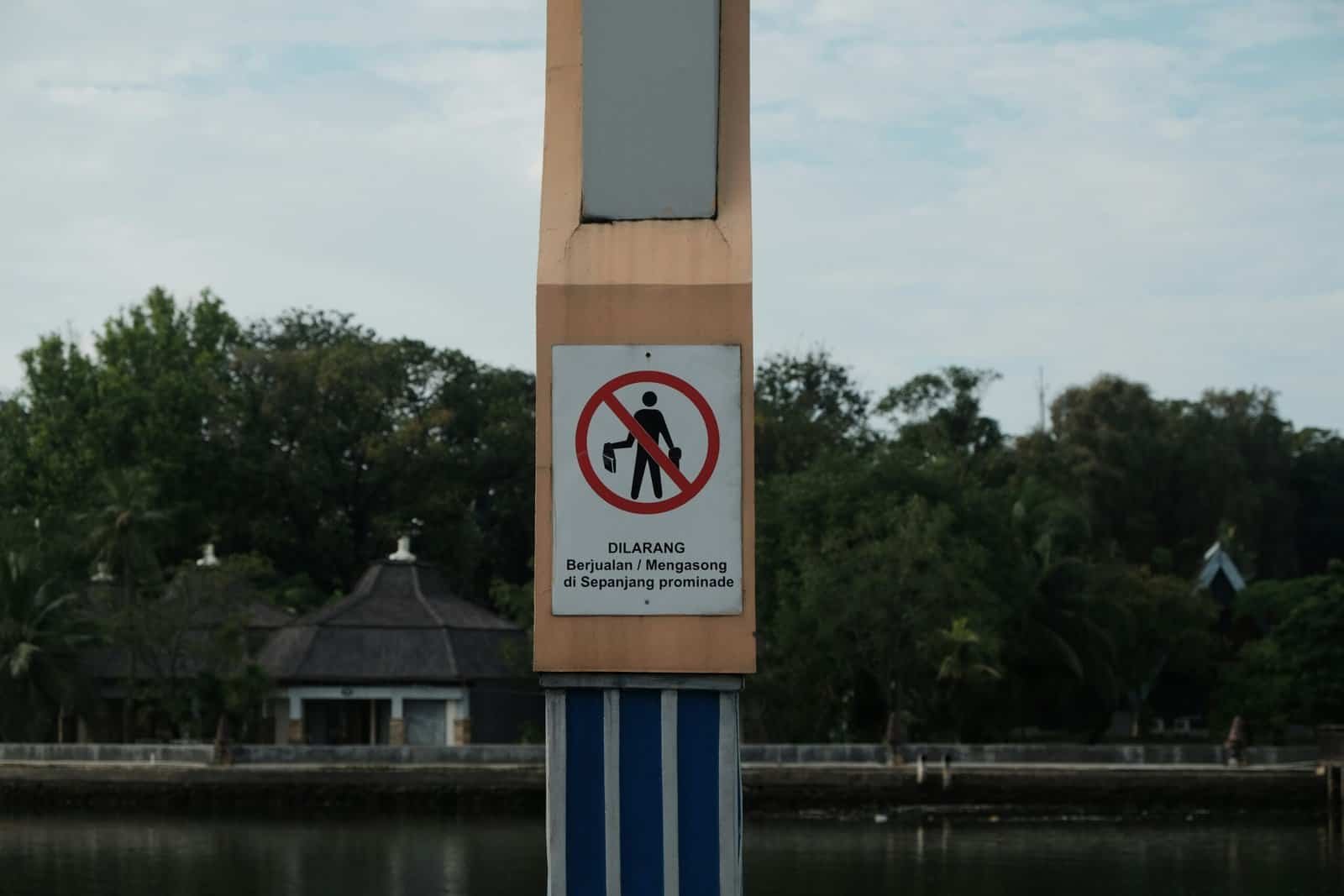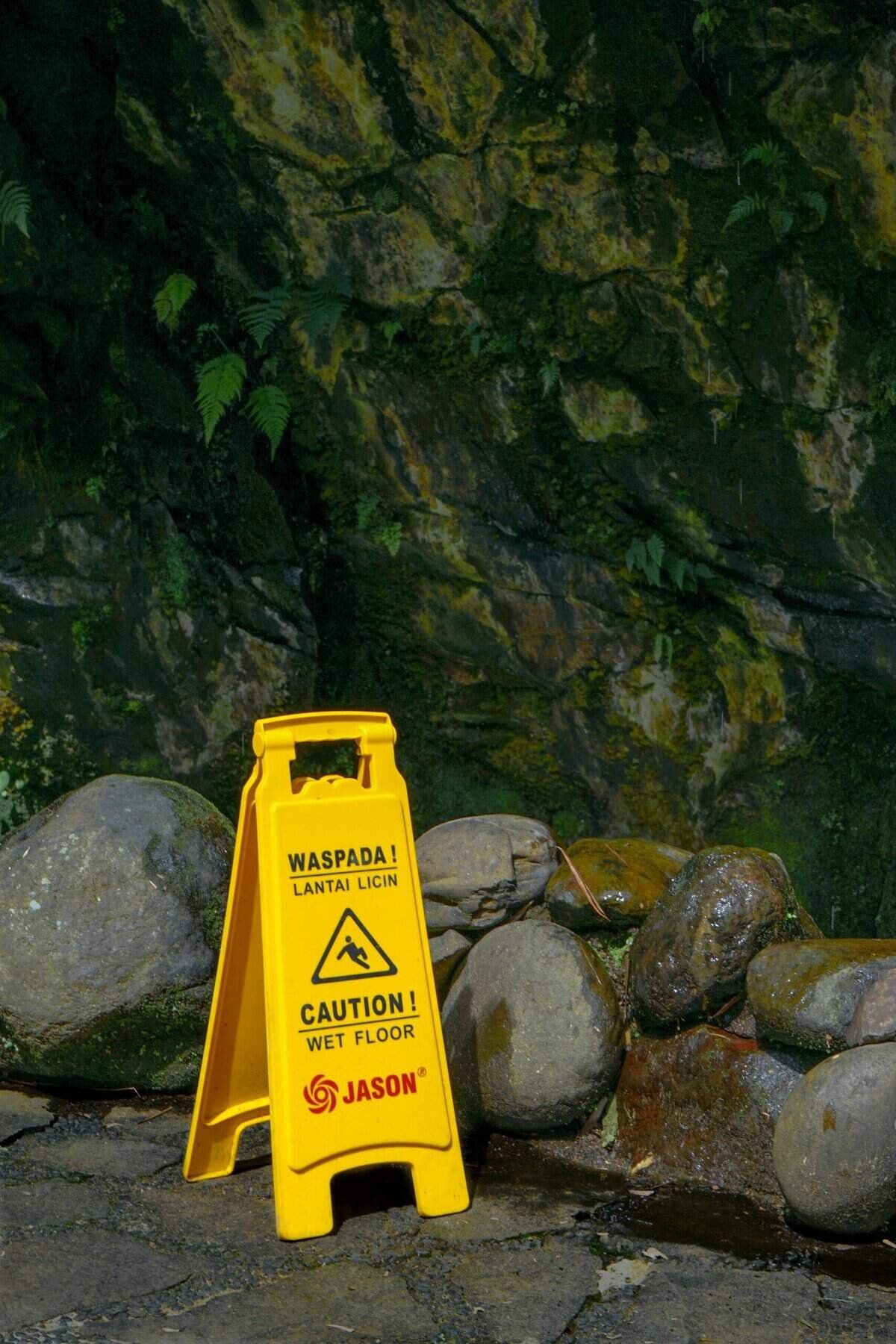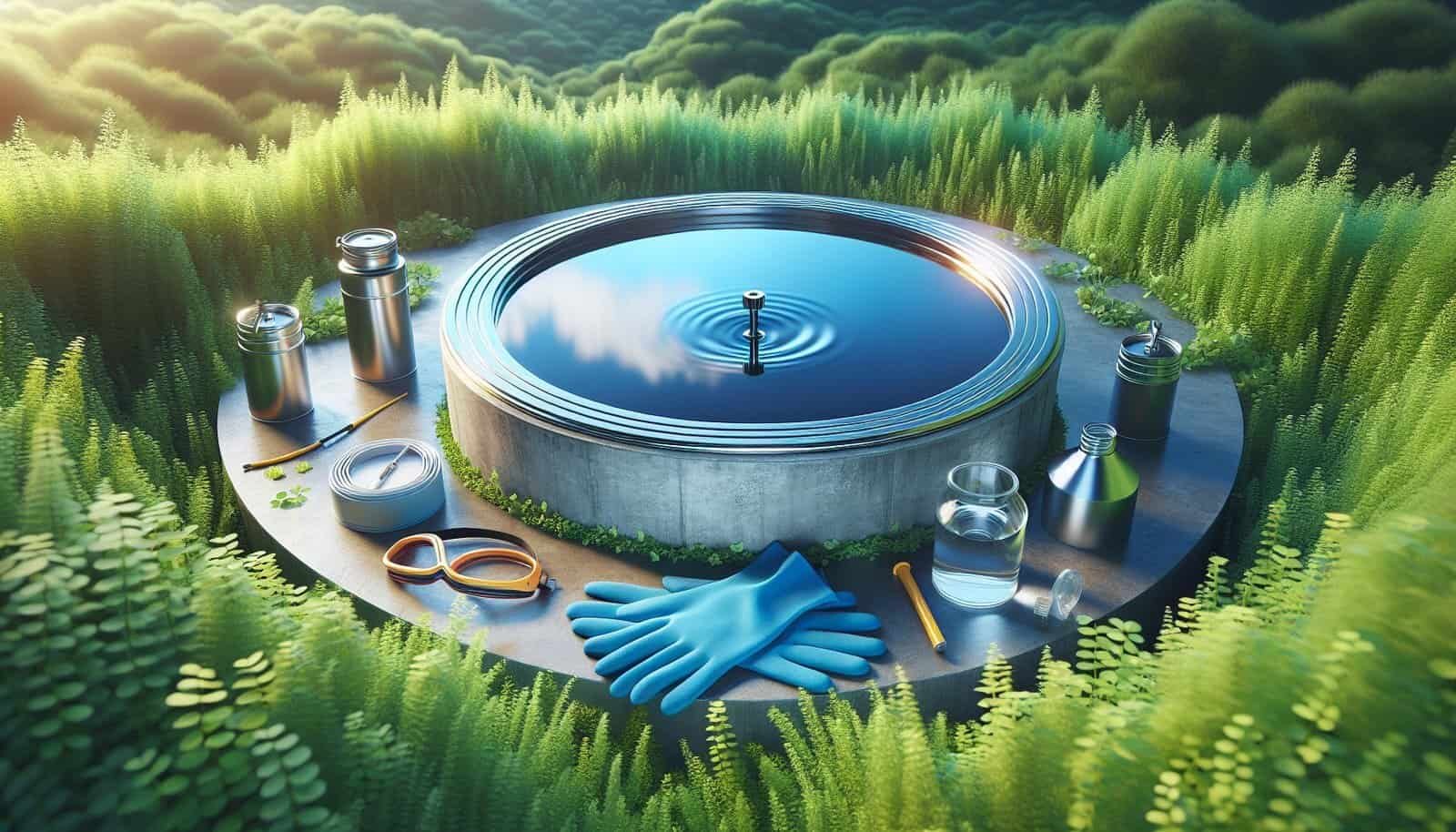Have you ever wondered how to ensure the water from your well is clean and safe for use? Shocking a well is a common method to maintain the quality of your well water, and doing it safely is crucial for both your health and the well’s functionality. While it may sound like a daunting task, this article will guide you through the process with the friendliness of a good neighbor explaining the ropes.
Understanding the Basics of Well Shocking
Shocking a well, also known as well chlorination, is the process of adding chlorine or other disinfectants to eliminate bacteria, viruses, and algae. It’s an essential maintenance step to keep your water supply safe and fresh. But why exactly should you shock your well, and how often should it be done?
Why Shock a Well?
Over time, bacteria and other microorganisms can accumulate in your well system. This can lead to unpleasant odors, taste, and even health issues. By shocking your well, you disinfect the water, making it safe for drinking, cooking, and other uses. This is especially important after events like well repair, flooding, or noticing a change in water clarity or smell.
How Often Should You Shock a Well?
The frequency of well shocking can depend on several factors, such as the water quality and the usage. Generally, it’s recommended to shock your well at least once a year or any time after you notice a significant change in water quality. If your area has experienced heavy rainfall or flooding, it’s wise to conduct an additional shock to ensure no contaminants have entered your water supply.
Preparing to Shock Your Well
Preparation is key to successfully shocking your well. This involves gathering supplies, understanding safety precautions, and knowing the layout of your well system.
Gathering the Necessary Supplies
Before you begin, make sure you have everything you need. The most common disinfectant is household bleach that contains 5.25% to 8.25% sodium hypochlorite. Ensure it’s unscented, as scented variants contain unnecessary chemicals. Here’s a list of supplies you might need:
| Item | Purpose |
|---|---|
| Unscented household bleach | Disinfects the well water |
| Funnel | Helps pour bleach into the well |
| Bucket | To mix the bleach solution with water before introducing it to the well |
| Garden hose | To circulate water through the system after adding chlorine |
| Protective gear (gloves, goggles) | Keeps you safe from splashes and fumes |
| pH test kit | Optional, to check water acidity/alkalinity post-shock |
Safety Precautions
Safety always comes first. Chlorine is a strong chemical that can cause irritation if inhaled or it comes into contact with skin. Ensure you are wearing protective gear such as gloves and goggles. Work in a well-ventilated area, ideally outdoors, to avoid breathing in strong fumes. Also, notify your household about the chlorination process to prevent accidental water consumption during the treatment.

The Well Shocking Process
Now that you’re prepared, you’re ready to start the main event. This process includes mixing the solution, adding it to the well, and allowing it time to work effectively.
Mixing the Bleach Solution
The amount of bleach required depends on your well capacity. An estimation often used is 1 liter of bleach per 150 gallons of water. It’s useful to know the total depth and static water level of your well to calculate the water volume more accurately. Mix the bleach with water in a clean bucket before introducing it to the well to ensure even distribution.
Adding the Solution to the Well
Carefully pour the bleach solution into the well using a funnel if necessary. As soon as the bleach is added, use a garden hose connected to an external faucet to recirculate the water back into the well. This process helps distribute the chlorine throughout the system effectively. Run the hose until you notice the smell of bleach in the water.
Circulating Chlorinated Water
Allow the chlorinated water to circulate through all your plumbing systems. Go from one faucet to another, individually turning them on until the bleach’s smell is noticeable. Don’t forget outdoor or auxiliary taps if you have them. This ensures that every part of your water system is disinfected.
Letting the Solution Work
Once all faucets have been treated, turn them off and let the chlorine solution stand in the system for at least 12 to 24 hours. This waiting period allows chlorine to effectively kill off bacteria and any potential pathogens in the well and water lines. It is wise to plan accordingly, as this means you won’t be able to use your water during this time.
Post-Shocking Procedure
After the chlorine has had sufficient time to work, it’s important to remove it from the system before using the water again.
Flushing the System
To remove chlorine, begin by running the garden hose until the water no longer smells of bleach. This process could take several hours and should be done cautiously to avoid harming plants or grass with the chlorinated water. Continue by running each faucet in your home until you no longer detect any chlorine odor.
Post-Shock Testing
Once the system is flushed, testing your water ensures the chlorination process was successful. Testing kits are available that can determine the presence of bacteria, pH levels, and residual chlorine. It’s comforting to confirm that your water is safe for consumption.

Troubleshooting Common Issues
Sometimes things might not go as smoothly as planned. Here are a few common problems and solutions when shocking a well:
Persisting Chlorine Smell
If the chlorine smell lingers longer than expected, continue flushing the system. It might take longer for a deep well, or if excessive chlorine was used.
Cloudy or Discolored Water
Post-shock, you might notice water that’s cloudy or discolored. This is typically due to the reaction between chlorine and existing minerals or contaminants. Continuous flushing usually resolves this issue.
Professional Versus DIY Shocking
You may wonder if you should handle this task on your own or hire a professional. Let’s break down the pros and cons.
DIY Shocking
Doing it yourself can be more cost-effective and rewarding as you take control over your water quality. With proper preparation and safety precautions, it’s a straightforward process. However, it requires time and attention to detail to ensure it’s done correctly.
Professional Shocking
Using a professional service might be more expensive but can save time and provide peace of mind, especially useful for more complex systems or if you experience recurring issues. Professionals also bring expertise that can quickly identify underlying problems that might go unnoticed.

Maintaining Your Well
Regular maintenance prevents many common well issues. Beyond shocking, ensure there is no contamination from surrounding areas, check mechanical components, and maintain a regular testing schedule.
Conclusion
Caring for your well by shocking it annually or as needed is vital for the safety and quality of your water supply. With the right precautions, understanding, and a steady approach, you can handle this task with confidence. Whether you decide to do it yourself or call in professionals, the aim is to maintain a clean and healthy water source for your household. Remember, the safety and well-being of your home depend significantly on the quality of your water. Enjoy the peace of mind that comes with knowing your water is safe and clean.

